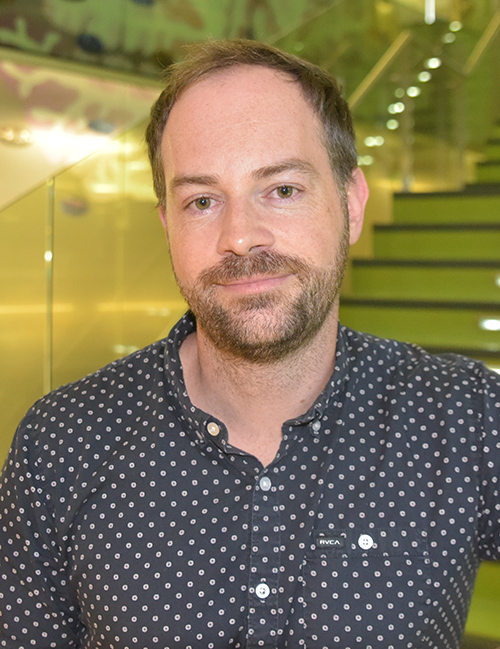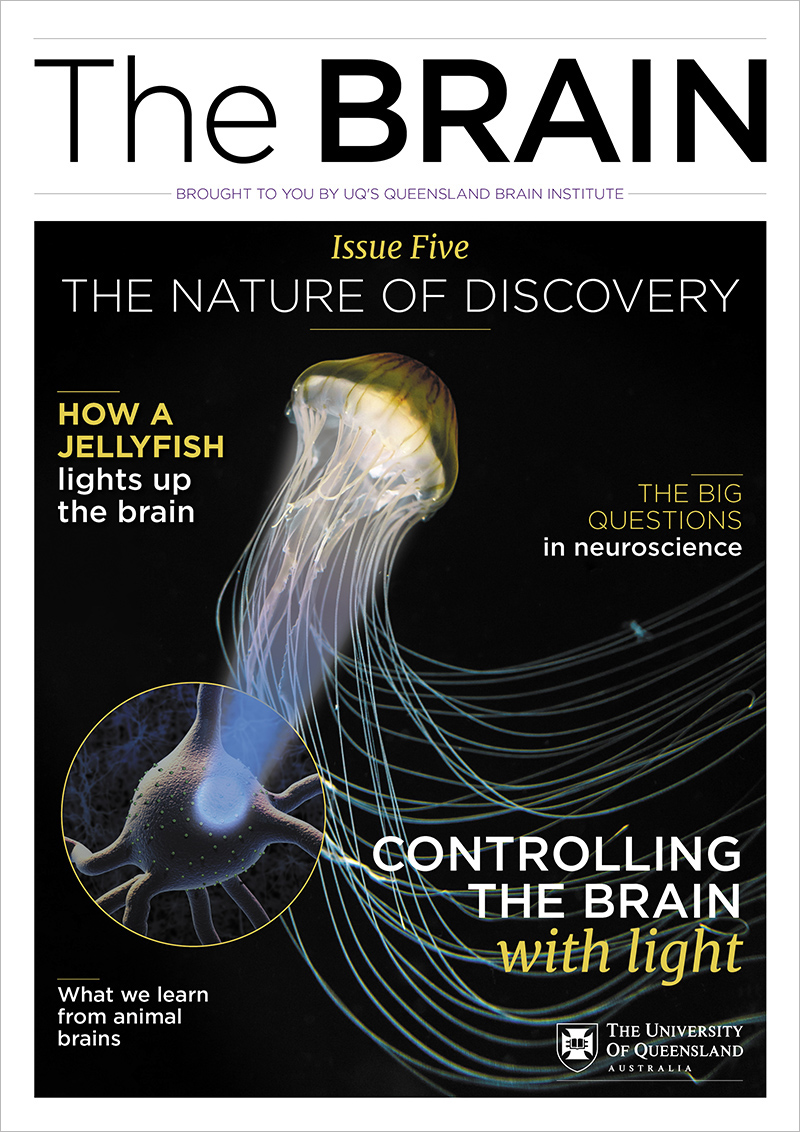Your brain is arguably the hungriest organ in the body, consuming roughly 20 per cent of your energy each day.
Most of that energy is produced by tiny structures inside cells called mitochondria, which break down complex carbohydrates from our food into simple sugars.
“Considering the brain is made up of around 100 billion neurons, that gives you an idea of how much energy the brain uses and needs to survive, and the mitochondria are responsible for that,” says Associate Professor Steven Zuryn from UQ’s Queensland Brain Institute.
Intriguingly, much of what we know about mitochondria originated with the study of bacterial evolution.
Until around two billion years ago, mitochondria were separate organisms, much like bacteria. At some stage, an ancestor of our cells fused with one of them. After all this time, mitochondria still have their own genome. It’s much smaller than our main genome, and encodes just 37 genes. But each mitochondrion has as many as 10 copies of its genome, and each cell contains hundreds to thousands of mitochondria. Consequently, changes in mitochondrial DNA can have a big effect on the body.
“We now know that there are more than 30 diseases caused by mitochondrial DNA mutations,” says Associate Professor Zuryn. He wants to understand how mutations in mitochondrial DNA change in individual cells and throughout the entire body during a lifetime. His research is focused on understanding how these mutations are passed on, or prevented from being passed on, from one generation to the next.
Such explorations could provide insight into degenerative brain diseases, which have been linked with mitochondrial DNA mutations.
Profile: Assoicate Professor Steven Zuryn
 I am driven by curiosity and the thrill of uncovering a hidden piece of nature that's billions of years in the making.
I am driven by curiosity and the thrill of uncovering a hidden piece of nature that's billions of years in the making.
By focusing on mitochondria, I want to discover how cells fundamentally interact with their own internal powerhouses. From a biological point of view, it is mitochondria that have literally powered the explosion of evolution and complex life which is energetically demanding, resulting in the diverse array of species we see around us, both plant and animal. They need our cells and our cells need them.
However, mitochondria can deteriorate as we age. This is why mitochondrial dysfunction lies at the core of many human diseases, including inherited mitochondrial diseases and possibly more common age-related diseases such as dementias and cancer. Understanding how cells can adapt and repair mitochondria is important for improving outcomes for people with mitochondria-related disorders.
The next frontier is to understand the nanoscopic mechanics of how this occurs and identify possible interventions to prevent mitochondrial damage, or improve damage repair, so that we can treat disease and, ultimately, prolong cell and neuron function in the face of ageing and disease.
Main image: A mitochondrion, seen by coloured transmission electron micrograph (TEM). Mitochondria are found inside cells and are the energy powerhouses. (Credit: Science Photo)

